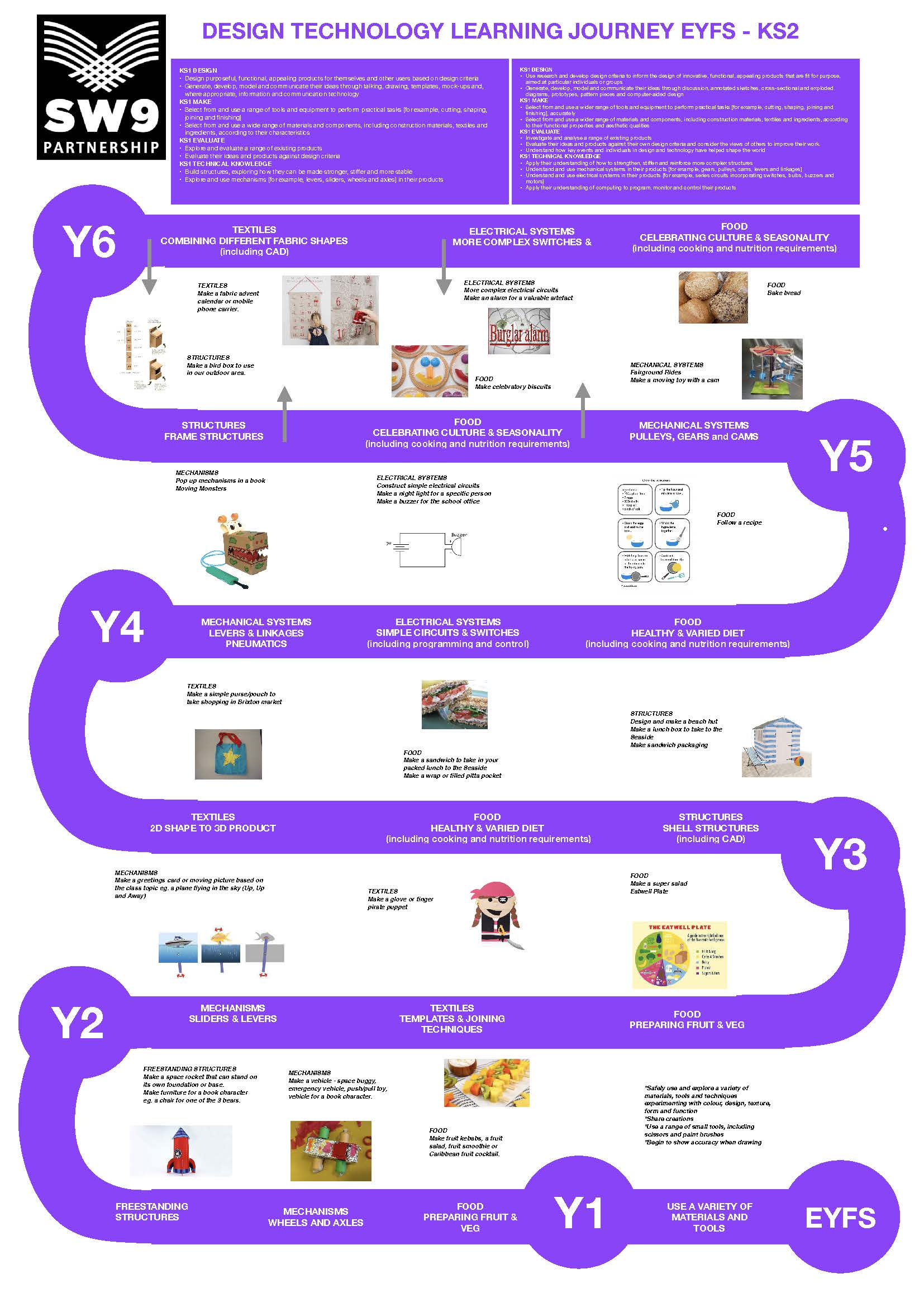Our Vision
At St. Andrew's, we encourage the children to use their creativity and imagination to design and make products that solve real problems within a variety of contexts considering their own and others’ needs, wants and values.
We aim to make links to designs and designers throughout history, providing opportunities for children to critically reflect upon and evaluate others designs and the overall effectiveness of the product before evaluating their own.
As pupils progress, we support them to be able to think critically and develop a more rigorous understanding of design and technology.
At St. Andrew's children have the opportunity to develop their skills in mechanisms, structures, textiles, mechanical systems, electrical systems and cooking and nutrition.
These areas are developed continuously throughout the school from the early years through to year six and the children have the opportunity to revisit skills from previous years before learning new ones.
The Design Technology Learning Journey below shows the sequence and development of skills and knowledge from early years to year 6.
click image to enlarge
How do we teach Design Technology?
One DT project is taught per term in each class. Teachers plan sequences of lessons that will build on and develop the children’s skills culminating in a final piece.
The skills and knowledge that children will develop throughout each DT topic are mapped across each year group and across the school to ensure progression.
The teaching of DT across the school follows the National Curriculum through the use of Design and Technology Association's 'Projects On A Page' documents. Children design products with a purpose in mind and an intended user of the products.
Food technology is implemented across the school with children developing an understanding of where food comes from, the importance of a varied and healthy diet and how to prepare this.
The teaching of DT follows the design, make and evaluate cycle, with technical knowledge and relevant vocabulary shared at ea ch stage.
The design process is always linked to real life, relevant contexts to give meaning to the learning.
When making their products, the children are given choice and a wide range of tools and materials to choose from.
When evaluating, the children are taught to evaluate their own products against the initial design criteria to see how well it has met the needs and wants of the intended user and to identify any changes that could be made.
How we evaluate learning in Design Technology
The impact of our DT curriculum can clearly been seen in the children’s sketchbooks which pass on with them to the following year group.
At the beginning of each unit, a detailed overview outlines the main learning objective alongside the skills that the children will build on and those which will follow.
The opportunity to evaluate and reflect on the learning is planned for towards the end of the unit to enable the children to see how their learning is progressing and where they need to take it next.
On completion of the unit of work, key assessment targets are identified and the children are able to self-assess against them.
Class teachers then use the children’s research and preparatory work, along with the final piece in order to make a judgement as to whether each child is working towards, at or above the expected level.

